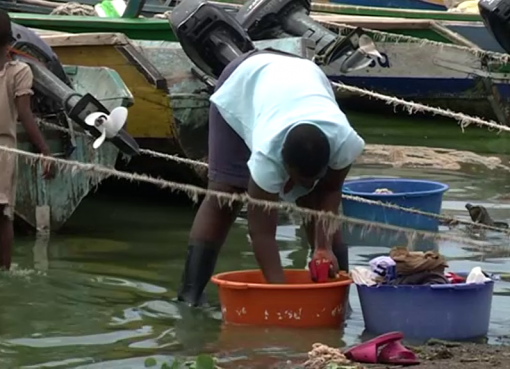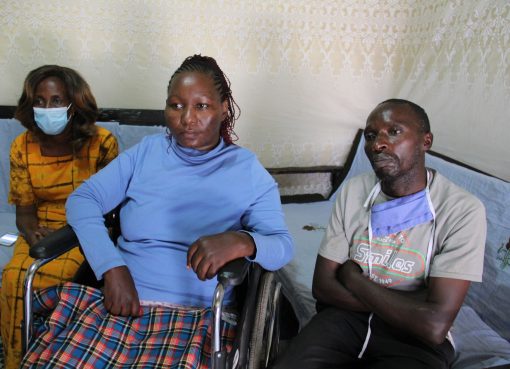The World Health Organization (WHO) has earmarked 14 April 2024 as the fifth World Chagas Disease Day, with its theme for 2024 focusing on early diagnosis and lifelong care.
Calls have also been made by the body on the need to increase public awareness of Chagas disease and secure greater support and funding for early diagnosis and comprehensive follow-up care initiatives.
A report by the body has revealed that an estimated 6–7 million people worldwide are infected with Trypanosoma cruzi, the parasite that causes Chagas disease, leading to some 12 000 deaths every year.
At least 75 million people are at risk of infection, with an estimated annual incidence of about 30–40,000 cases. However, in many countries, detection rates are low (less than 10% and often less than 1 percent), and people suffering from the disease often encounter significant barriers to diagnosis and adequate healthcare.
“Strengthening global surveillance for Chagas disease over the next few years is an essential step towards understanding its real burden and taking appropriate measures to tackle its neglect,” said Dr Jerome Salomon, Assistant Director-General, Universal Health Coverage/Communicable and Noncommunicable Diseases at WHO.
Chagas disease is often called a “silent disease” because most patients have no symptoms either during the acute or chronic phases of infection until damage is too advanced to be reversed. It remains a public health problem, especially in several endemic areas of continental Latin America, where the burden on health systems is the highest. In recent years, however, climate change and global migration have expanded the reach of the disease to several countries beyond the Americas.
Transmission of Chagas disease can occur through six routes: vectorial, oral, congenital, transfusional, organ transplantation and laboratory accidents. Despite cases being documented in 44 countries across the world, only six countries have information systems in place to monitor existing cases and active transmission routes.
Early detection is key, as Chagas disease is curable when treatment is provided soon after infection. If this does not happen because diagnosis is delayed, the infection can transform into a life-threatening condition. In this case, adequate care throughout life is essential.
Detection, treatment and monitoring of the disease can be carried out at primary health-care level in most cases.
World Chagas Disease Day 2024 emphasizes the importance of early diagnosis and lifelong care, advocating comprehensive approaches spanning diagnosis and treatment for any confirmed case.
Also essential are transmission prevention measures, including vector control, blood screening prior to transfusion and transplantation, testing and treating girls, women of reproductive age, newborns and siblings of mothers with infection, and information, education and communication for communities and health professionals.
Decentralising diagnostic and care services within national health systems can significantly enhance case detection, notification and management.
Speaking ahead of World Chagas Disease Day 2024, the Director of WHO’s Global Neglected Tropical Diseases Programme, Dr Ibrahima Socé Fall, said: “I invite everyone to join WHO in observing World Chagas Disease Day. This is an occasion to reflect on how climate change and migration have changed the epidemiological landscape of Chagas disease and turned it into a global condition in just a few years, underscoring the urgent need for heightened awareness and support for initiatives focused on early diagnosis and comprehensive care.”
Chagas disease, also known as American trypanosomiasis, is caused by the protozoan parasite Trypanosoma cruzi, which is mainly transmitted to humans by contact with the faeces or urine of infected blood-sucking triatomine bugs; this is called vectorial transmission.
These bugs typically live in the wall or roof cracks of homes and per-domiciliary structures, such as chicken coops, pens and warehouses, in rural and suburban areas alike.
Triatomine bugs typically hide during the day, becoming active only at night when they feed on animal and human blood. They usually bite an exposed area of skin, such as the face (hence one of its popular names, the “kissing bug”) and then defecate or urinate close to the bite. Parasites enter the body when the person instinctively smears the bug’s faeces or urine into the bite, other skin breaks, or into the eyes or mouth.
There is currently no vaccine against Chagas disease. Domiciliary vectorial control, food safety, transfusion and transplantation screening, along with detecting infection in girls and women of childbearing age to prevent congenital transmission, remain the most effective disease public health control tools.
By Alice Gworo





